CANNABIS CONCENTRATES 101
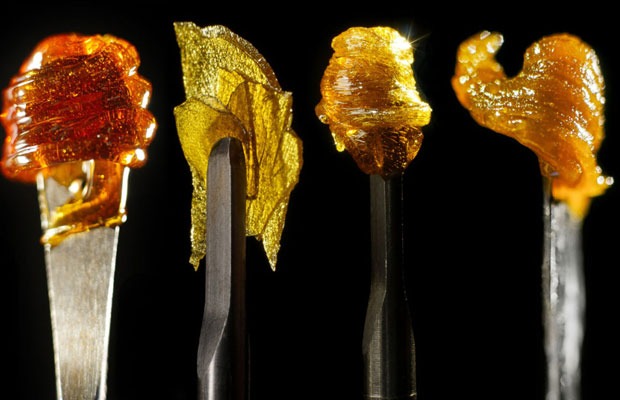
There is a whole plethora of different cannabis concentrates now available to the public. They vary from each other in the extraction technique used, in texture, colour, and cannabinoid and terpene profile. Concentrates can even reach over 99% cannabinoid purity, creating a whole new world of ways to consume cannabinoids.
Until the last couple of decades, cannabis extracts existed solely in the form of alcohol tinctures or hand-rubbed hashish. Even during that time, cannabis extracts were created by clandestine cannabis dealers and experimental chemists. Since the legalization of cannabis, cannabis extracts have exploded in popularity all over the globe, and technological advancement continues in the way of cannabis extraction techniques.
Extraction techniques such as fractional distillation, chromatography and CO2 extraction are now being applied to cannabis, resulting in nearly pure cannabinoid extractions. Pure THC and CBD now exist in the form of isolates or distillates and can reach purity levels upwards of 99%.
Older, more traditional forms of extraction are still being applied as can be witnessed in the bubble hash or hand-rubbed hash still sold in Amsterdam coffeeshops. But needless to say, the world of cannabis extracts has come a long way in the last decade, making an entire range of different cannabis extracts available to the public.
3 different extraction methods
There are various ways to purify cannabis in such a manner that the plant matter is removed and only the resin remains. The products of these various techniques could all loosely be termed ‘hash’, but those within the industry generally differentiate between traditional hash-making methods and modern extraction techniques.
1. Hash or hashish extracts
Traditional hash-making methods (namely hand-rubbing and screen-sieving) may be capable of producing very high-quality products, but due to the mechanical and manual means of separation, it is all but impossible to prevent some plant matter remaining amongst the resin glands.
The texture and colour of traditionally made hashish is influenced by various factors, including amount of residual plant matter, technique, and level of compression. Hand-rubbed hashish also takes its dark coloration from surface oxidation of THC.
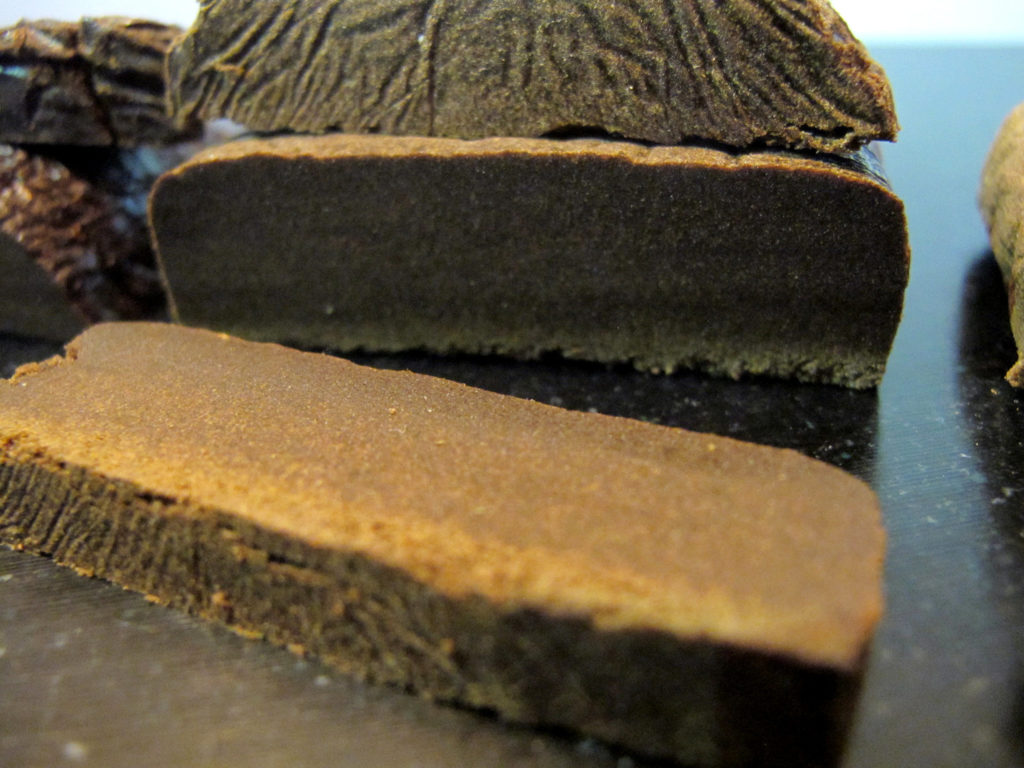
2. Water extraction
Using near-freezing water to assist the separation of trichomes from plant matter is not a new idea, but the techniques have certainly become more refined over the years. Technically speaking, the process is mechanical and not chemical, as cannabis resin is insoluble in water and the water therefore does not act as a solvent.
At the most basic level, water hash can be made by filling a jar with water, ice and plant matter, sealing the jar and agitating it. The agitation separates the trichomes from the plant matter, and the differential density of the respective parts causes the trichomes to sink while the leaf matter floats. This process has been refined over the years with improved agitation and filtration techniques to the point that very pure extracts can be obtained.
Sold in Amsterdam as ice-o-lator, ice hash or water hash for years, the purity of certain specimens is such that they are now increasingly known as non-solvent or ‘solventless’ extracts, particularly in the U.S. market. As will be discussed later in the article, sometimes solventless extracts are more preferable to consumers as there is less chance of contamination.
Hashish is unfamiliar to most Americans, unlike most Europeans. It is the most traditional form of cannabis extraction (probably because it requires no machinery or chemicals), and existed long before extracts became popular in the USA. When the U.S. cannabis market exploded, technology had already developed for chemical, solvent extractions, and therefore hash remained much more popular in Europe than the U.S.
3. Solvent extraction
In order to completely separate the trichomes from the plant matter, a chemical rather than mechanical process is required (although several chemical extraction processes also make use of mechanical stages, e.g. grinding, freezing, and filtering).
Chemical separation necessitates use of a solvent capable of dissolving the trichomes; these solvents may be either polar (alcohols such as ethanol or isopropyl) or non-polar (butane, hexane). Newer, more sophisticated extraction techniques use CO2 as the solvent.
Chemical polarity refers to the electric charge present in a molecule. A polar molecule (such as H2O) carries a positive charge on the oxygen atom and negative charges on the two hydrogen atoms. Due to the difference in charge, it has a net dipole (two opposing poles). A non-polar molecule (such as methane; CH4) has equal distribution of charge and therefore has no overall dipole.
Broadly speaking, a non-polar solvent will dissolve a non-polar solute, and a polar solvent will dissolve a polar solute: e.g., butane will dissolve oil, and water will dissolve sugar. However, classifying solvents as simply polar or non-polar is an oversimplification, as polarity is in fact a relative scale.
One way of measuring polarity is to look at the dielectric constant (DK) of the solvent. DK is a separate measurement—the ratio of overall electrical capacity of a substance against that of a vacuum, when a specific voltage is applied—but corresponds well enough with polarity that it is a useful measure.
Extraction methods determine terpene and chlorophyll content in the concentrate
When using polar solvents, certain polar compounds contained within the plant matter are also dissolved and remain in the final product. This is unless further filtration stages are undertaken, many of which reduce potency and flavour—such as charcoal filtration. Chlorophyll, terpenes and certain other plant alkaloids, all generally insoluble in non-polar solvents, are dissolved in the solution and influence the final aroma, flavour and consistency of the extract.
While it may be desirable to include terpenes (which are largely responsible for flavour and aroma), chlorophyll, with its dark-green colour and bitter flavour, is less favoured. Further filtration often removes the terpenes and even some cannabinoids, so it is better to prevent chlorophyll from dissolving in the first place.
Quick-wash methods are a good compromise: the plant matter is immersed in solvent for less than a minute, compared with (up to) several weeks in standard methods. This method also allows for some retention of the flavour-forming terpenes.
5 different kinds of cannabis extracts
Depending on the kind of extraction technique used, a different final product will ensue. Extracts differ in colour, texture, terpene profile (and therefore flavour) and cannabinoid profile.
Certain extraction techniques have a greater chance of leaving residual solvent in the final product, and these generally make for inferior and potentially unsafe extractions. Others don’t require a solvent at all. Depending on the manufacturer, their budget and the extraction equipment available to them, certain techniques are preferable over others.
1. Cannabis rosin
Rosin is a form of solventless extraction. All that is required to make rosin is heat. The cannabis flowers are wrapped in a kind of absorbent paper, such as parchment, and are pressed between two hot plates. The trichomes and resin melt off the flower and into the parchment, after which it can be collected.
This technique first became popular as a DIY cannabis extract. In the last couple of years, rosin became attractive to extract manufacturers on a commercial scale because it requires very basic technology and doesn’t require a solvent at all.
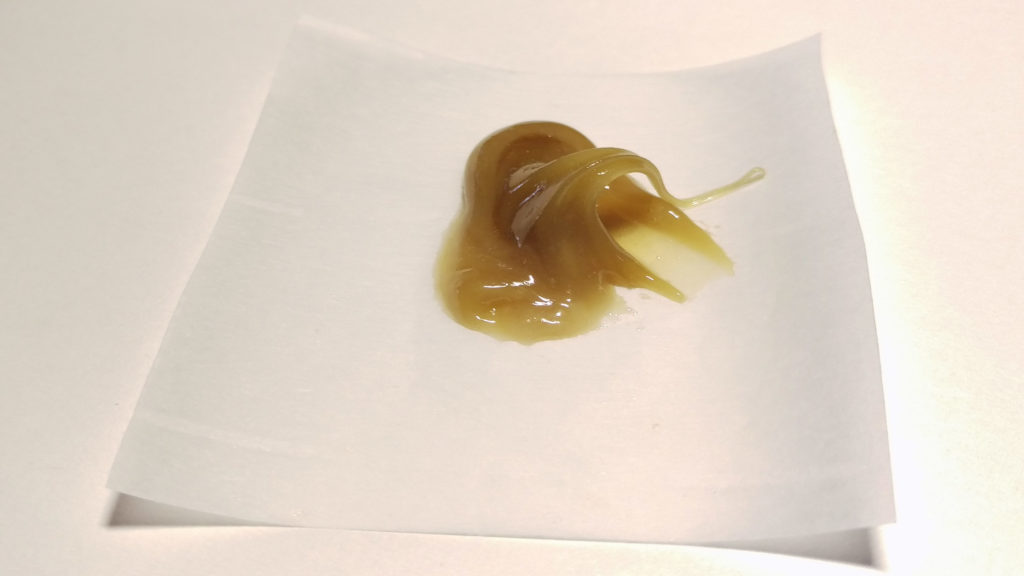
2. Wax & shatter
In the last decade, cannabis wax and shatter became the most popular form of cannabis extraction in the USA. The extraction technique is almost identical between wax and shatter, but agitation after the extraction gives way to two different textures: one is waxy, the other is glassy and crumbly.
To make wax or shatter, manufacturers often use butane extraction. Cannabis flowers are contained in a tube-shaped vessel. Butane is then pumped through the vessel at high pressure, and acting as a solvent, pulls out cannabinoids and terpenes from the plant material. Heat is then used to evaporate any residual solvent. When the final product is agitated, it creates a more waxy-like extract. When it is left to cool without agitation, the final product is more like shatter.
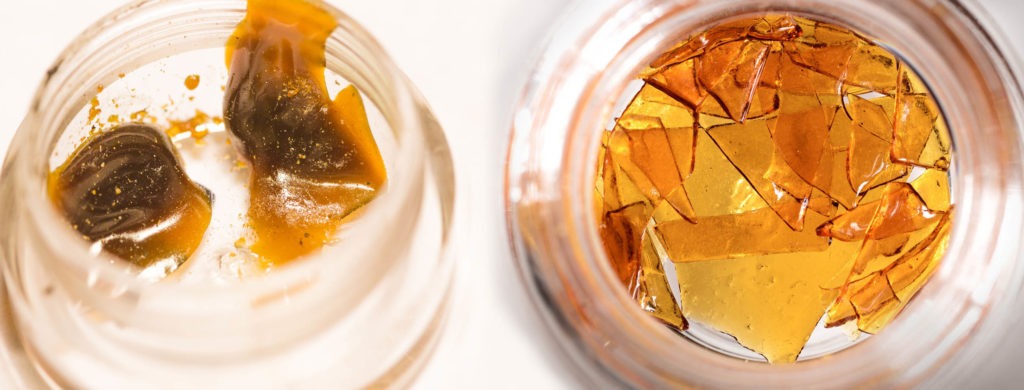
There are dangers associated with this kind of extraction technique, as residual butane in a product that will eventually be smoked poses a threat to the user. Inhalation of butane is dangerous, and not every manufacturer takes adequate steps to remove all residual solvent. On top of this, DIY butane hash extraction is dangerous, as it is prone to explosion.
3. Cannabis and hash oil
Cannabis oil concentrates, especially in the form of CBD oil, is becoming one of the most popular ways to consume cannabinoids. Butane hash oil (BHO) was one of the first forms of cannabis oil, and remained the most popular way to extract oil until recently, when CO2 was discovered as a better solvent.
At high pressure, CO2 turns into a liquid, at which point it can be pumped through cannabis flowers. Acting as a solvent, it pulls out a full spectrum of cannabis constituents such as cannabinoids, terpenoids and even flavonoids.
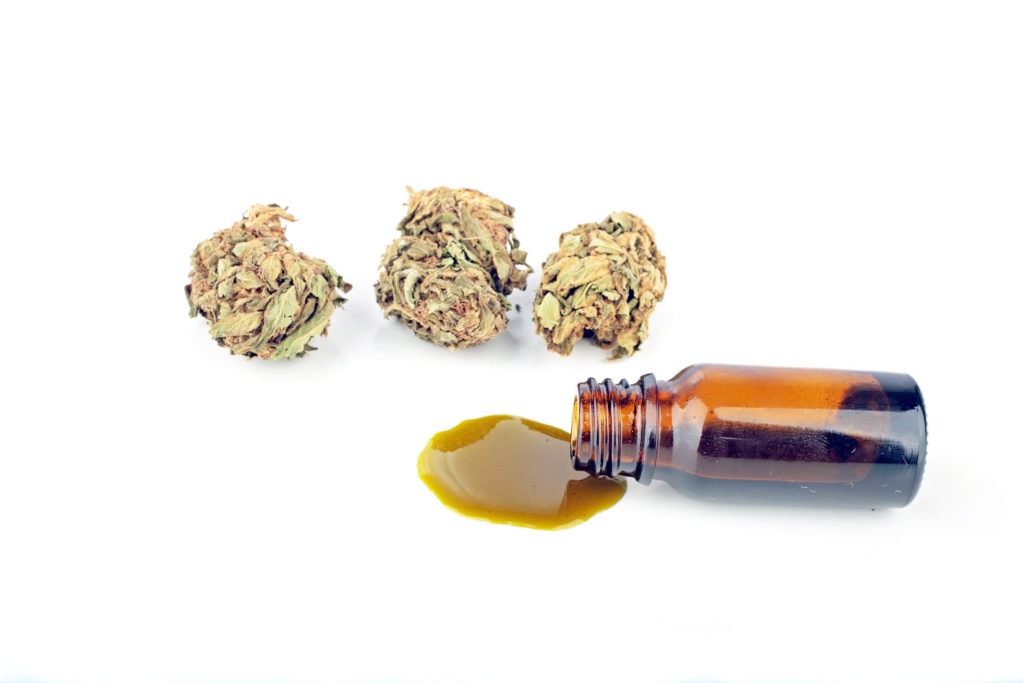
Once pressure resumes, CO2 turns back into a gas and therefore doesn’t require much work to be removed from the final product. It is one of the cleanest ways to extract cannabinoids, and obviously so, as there is almost no risk of solvent contamination of the final product.
Most CBD oil of the modern age is manufactured using this technique. It is much less dangerous than extracting using butane and has great yields. However, it is expensive technology, and is therefore generally employed by well-established CBD oil extractors.
4. Hashish
As mentioned earlier, even traditional hash rubbing is a form of cannabis extraction. Hashish is arguably the oldest form of cannabis concentrate. Even today, hand-rubbing hashish is still practiced, although needless to say, the industry has developed technology for making hash extraction easier.
Hand-rubbed hashish is most commonly found in Morocco and India, where this ancient technique of cannabis extraction is still practiced. The flowers are rubbed between the palms of the hands, and after some time, the resinous material of the flower collects on the palms and fingertips. When this resin is scraped off the hands, it becomes hashish.
Modern techniques for making hash include bubble hash, or as residents of The Netherlands might know it, ice-o-lator. While wax and shatter are sometimes referred to as hash, they are not in the traditional sense, as they use chemical extraction rather than manual/mechanical extraction.
5. Isolated cannabinoids
The cannabis market has exploded with the extraction of pure cannabinoids, as this kind of product is infinitely versatile for cannabis product manufacturers. Extraction technology has given the cannabis industry the ability to extract pure cannabinoids such as pure THC and pure CBD.
They are sold in the USA as CBD and THC isolate or distillate. In many parts of Europe, such as The Netherlands, CBD isolate is not available to the public. However, it can be used to manufacture CBD goods such as CBD oil, topicals and tinctures.
Isolated cannabinoids are the product of very sophisticated distillation. CO2 extraction is used to create a cannabis concentrate, which is then passed through a fractional distillation kit. This device allows all of the different fractions of cannabis to be distilled. Each cannabinoid evaporates at a different temperature, and using fractional distillation, each cannabinoid can be distilled separately and collected.
Chromatography can also be used to create isolated cannabinoids. It is much the same as what most of us would have encountered in high school chemistry. The cannabis extract is passed through a medium, and depending on the density and chemical makeup of each constituent, it will travel through the medium at a different rate. Different cannabinoids can then be collected.
Winterization is used to purify the final product from any other substances that may be present. The final product is a truly isolated cannabinoid such as CBD or THC isolate, and has a white or yellow powdery texture. It can be used to manufacture oils, vape juices, tinctures, topicals, edibles and beverages.
Medical application of cannabis concentrates
There is growing public concern over the degree of purity which cannabis concentrates can now reach — upwards of 99% purity. There is controversy surrounding the limit which cannabis concentrates should reach, especially with respect to safety.
While some variations of cannabis concentrates will be used exclusively by recreational users, there is a medical application of concentrates. For example, isolated cannabinoids can be used to manufacture pharmaceutical-grade cannabis medicines. Isolated cannabinoids allow for exact ratios of cannabinoids to be measured out, which would otherwise be impossible from a full-spectrum extract.
Isolated cannabinoids like THC or CBD isolate or distillate create a potential intersection between the pharmaceutical industry and the cannabis industry. Even though it is still a mystery as to how cannabis concentrates will evolve, they create a very positive opportunity for the pharmaceutical industry to participate, creating a fully-fledged, fully legitimised medicinal cannabis program.